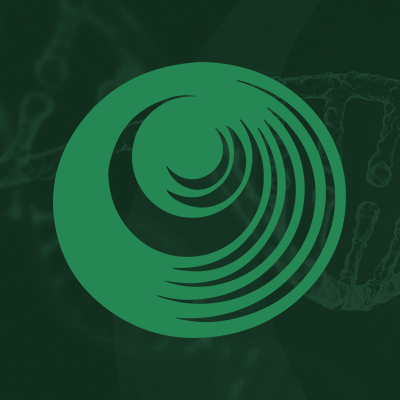Research Papers:
Regulation of p53wt glioma cell proliferation by androgen receptor-mediated inhibition of small VCP/p97-interacting protein expression
PDF | HTML | Supplementary Files | How to cite
Metrics: PDF 2474 views | HTML 5322 views | ?
Abstract
Dejun Bao2,3,4,*, Chuandong Cheng2,3,4,*, Xiaoqiang Lan1,5,*, Rong Xing1, Zhuo Chen7, Hua Zhao8, Junyan Sun1, Yang Wang1, Chaoshi Niu2,3,4, Bo Zhang5, Shengyun Fang6
1Department of Pathophysiology, School of Basic Medical Science, Dalian Medical University, Dalian, China
2Department of Neurosurgery, Anhui Provincial Hospital Affiliated to Anhui Medical University, Hefei, China
3Anhui Provincial Stereotactic Neurosurgical Institute, Hefei, China
4Anhui Province Key Laboratory of Brain Function and Brain Disease, Hefei, China
5Department of Neurosurgery, 2nd Hospital of Dalian Medical University, Dalian, China
6Center for Biomedical Engineering and Technology, Department of Physiology, Department of Biochemistry and Molecular Biology, University of Maryland, School of Medicine, Baltimore, Maryland, USA
7Anhui Provincial Cancer Hospital (West Branch of Anhui Provincial Hospital), Hefei, China
8Department of Clinical Laboratory, Cancer Hospital, Chinese Academy of Science, Hefei, China
*These authors contributed equally to this work
Correspondence to:
Yang Wang, email: [email protected]
Chaoshi Niu, email: [email protected]
Bo Zhang, email: [email protected]
Shengyun Fang, email: [email protected]
Keywords: AR signaling, SVIP, cell proliferation, serum testosterone, p53
Received: November 22, 2016 Accepted: February 08, 2017 Published: February 19, 2017
ABSTRACT
The incidence of glioma in men is higher than that in women; however, little is known about the expression and basic function of the androgen receptor (AR) in gliomas. AR inhibited the small VCP/p97-interacting protein (SVIP) on the transcriptional level was previously reported. The present study shows that the protein level of AR is highly expressed in cell lines of the nervous system. Moreover, the AR expression is increased while SVIP expression is decreased in tumor tissue of glioma patients, which is in agreement with the progressing WHO grades. A statistically significant increase in serum testosterone level of glioma patients compared with that of non-cancer patients was also detected. Furthermore, it has been proved that SVIP is down-regulated as well as AR is up-regulated in glioma cell lines with R1881 treatment. Interestingly, the depletion of SVIP using siRNA facilitated cell proliferation and decreased p53 expression. In addition, overexpression of SVIP increased cell death only in p53wt cell lines. Moreover, U87MG cells, p53wt cell line was susceptible to AR antagonists in vitro and in vivo. The current study provides insight into the biological role of AR in suppressing SVIP and p53 and promoting the progression of glioma as well as the clinical treatment of glioma patients.
 All site content, except where otherwise noted, is licensed under a Creative Commons Attribution 4.0 License.
All site content, except where otherwise noted, is licensed under a Creative Commons Attribution 4.0 License.
PII: 15509
